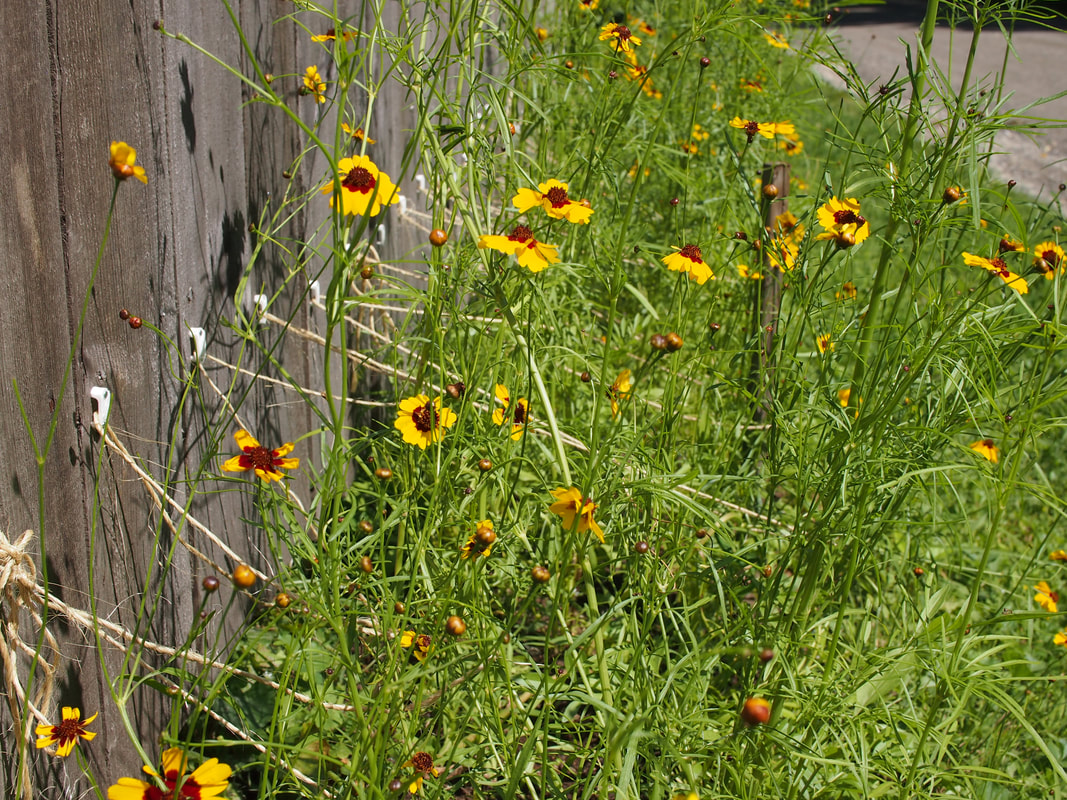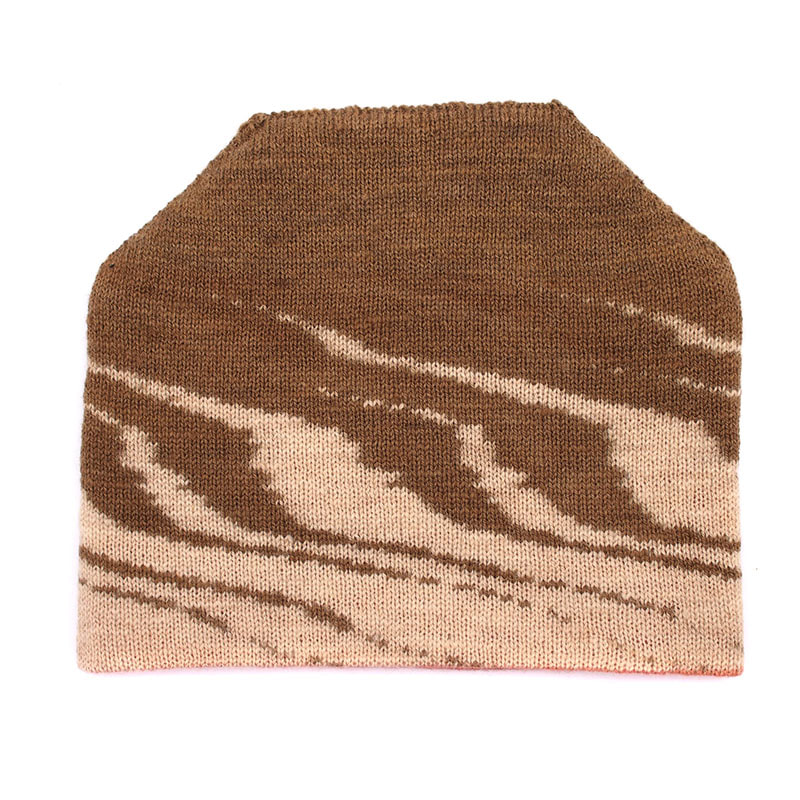|
This Christmas finds me thinking deeply about gifts. Not the wrapped items under the tree so much as a philosophy built on a virtuous circle of generosity. And a system called the Gift Economy, which acts on an entirely different axis than our capitalist economy. Thwarted by a snow storm from visiting family today, my dog and I opted for a long snowshoe up the ridge behind my house to the Lily Pond. It’s a familiar tromp for me and it was fun to say hi to the spots where I picked dye mushrooms just a few months ago now all blanketed in white. When I collect wild stuff for dyes, I don’t pay for it. But I do pay attention to what I am doing, acknowledge the joy of discovery, take a moment to study the living plant or mushroom before I pick it, and make sure to never take more than would be sustainable for a particular patch. When I started foraging a few years ago, I could sense first-hand what it felt like to be greedy with Nature’s gifts. The usually enjoyable activity of walking in the woods felt icky if I was trying to load up on and possess these scarce and beautiful beings that were sitting so perfectly in their home environments. I’ve been reading Robin Wall Kimmerer’s Braiding Sweetgrass which has given not only validation to my practice of paying attention to how I forage, but a framework for reciprocity with the land based on the concept of the gift economy. By taking the time to have a relationship with the wildflower and mushroom patches year after year, I learn their habits, can watch when and where they appear, if they seem stressed or vigorous, and only if there is a bounty do I read it as being a gift for me to gather. In turn, I do what I can to protect and enhance their environments and I spread their spores and seeds through the slats of my baskets. They should flourish more and more through the attention and respect I offer. I don’t need huge quantities of any of these precious dye bearing bodies to make the quantities of hats that I do, and I let what is plentiful dictate what colors will populate the patterns. Part of my creative process is an intention to take cues from my materials and let them contribute to drawing their own stories in the hats. The foraged dyes seem to be pointing me to examine a business aspect also: What is the best way to trade ethically, for the greater good? How do I expand this virtuous circle of the gift economy beyond what I have started in my woods? And how do I integrate the concept of a gift economy into the inescapable reality of the capitalist economy? As I complete a full year of art hat making and selling, I reflect on my intentions and on the many conversations I’ve had over the hats. A significant gift I have received this year has been connecting with people over what I am doing as a fiber artist working from the land. I’ve seen so many of your faces glow when you examine my hats, inquire on the process and even exchange your hard earned money for one. Thank you! I’ve also met many of you who first inquire, “why on earth would I pay that much for a hat?!” Thank you for forcing me to articulate and continue to think about how I price the hats and what spaces I want them to occupy. The simple answer on the pricing is that, in a consumer product context, $240 is the real cost of what it takes to thoughtfully make these hats, from scratch, with the very best quality materials that also support local farms, my own living expenses via an hourly rate of ~$25, and some overhead for show fees and marketing. It gets more complicated when people insist that surely there must be some efficiencies I can adopt to cut the costs. Then I have to find a way to articulate my values, creative metabolism and the developing vision of what I desire to share with the world. How do you put a monetary value on a sane pace of life? I still move pretty quickly for someone making what might be termed “slow fashion,” mostly because I have been programmed by task masters in previous career incarnations. I wish for myself and everyone to be able to savor the life around them — why else bother? I otherwise wish to be non-harming to humans, animals and nature through purchasing fiber direct from the farms, taking care with my growing and foraging and paying the real cost for processing at the small mill that spins my yarn. Mine is not a race to the bottom, but an aspiration for what is healthy and just. I've already done a few “sales” over the course of this venture, but more and more, the thought of it makes me cringe: for what part of all that do I devalue? Alternately, if you are in an art context instead of a product/fashion context, $240 is a small price for an original artwork. I am somewhat comfortable with my hats being a luxury item for those who appreciate and can afford them, but I very much wish they were more accessible to people with limited monetary means who really connect with them. I examine my ethics of foraging and think I should pay that gift from nature forward somehow. Lewis Hyde writes in The Gift that to maintain gift economy cultures, what is gifted can not subsequently enter into a system of commercial trade, it must continue to be gifted, and actually builds value in that process. I don’t actually charge for the grown or foraged dye materials in my hats; I do build in a small amount of time per hat for those activities when I’m figuring the price. Also according to Lewis Hyde, I might consider it a gift that this particular art is what my hands, mind and heart join together to do, creating artifacts of wholesome beauty in a desire to bring joy to people. Is that something I should charge for by the hour? These questions hardly make sense in a capitalist context, yet I can imagine there is a mysterious alternative store of value lurking in plain sight for those who dare to trust it. The tiny rural community where I live has a strong informal gift economy, although it has probably never been called such, where neighbors are always available to help each other. Borrowing a wood splitter, feeding someone’s animals, donating materials to rebuild a damaged structure, volunteering for restorative justice, doing chores for someone who’s unwell, cooking for the community dinner, doing time on a town committee, watering a garden while its owner is away: all of these things happen in the pace of life without keeping tabs on who is ahead or behind in the giving. It all works out for the better of everyone and absolutely brings all of the colorful characters closer together.
During craft shows this fall, I’ve loved being able to trade a hat for another artist’s work when we are mutually in awe. I hate to have to admit that one probably can't live on bartering alone — we all undeniably need to make enough dollars to pay mortgages and other bills. BUT, I plan to explore more opportunities for incorporating bartering, community exchange systems, time banking, cryptocurrency, and/or sliding scale pricing into my payment systems. While all these thoughts are just formulating, I want to try an experiment with my remaining hats of the angular-top style (photo below): I’d like to gift them to people who identify themselves as appreciating Sky Like Snow hats, interested in this whole gift economy idea and unable to spend the $175-185 that I've been selling them for. If you’ve gotten this far with reading this post, it might be you! All you have to do is click on the Virtuous Hat link below, put one in your shopping cart and pay for postage to wherever in the world you are ($10 for the US / $15-35 for international). I will send you a hat of my choice — I think this makes it less like “shopping” if you don’t get to choose your gift, and according to the Gift Economy rules, it will increase in value if you regift it! I’m not asking for anything in return except that you thoroughly enjoy your hat and consider yourself part of the wider virtuous circle, whatever that might mean for you.
6 Comments
Graham
12/31/2017 12:38:54 pm
Hello! I found you through the #gifteconomy hash tag on Instagram. Nicely written piece. I found Genevieve Vaughan's writing on gifting very helpful. Her work is a gift. Hopefully, it will be the norm one day and one of many new currencies and ways of enabling us to share our gifts. Have a great 2018!
Reply
Hannah
12/31/2017 02:20:39 pm
Thanks for the comment Graham! I will look her up. Peace
Reply
Donna Johnson
1/9/2018 08:19:25 pm
What a thoughtful and thought-provoking message. You raise issues that many of us face, as artists, healers, educators. I’m intrigued about gifting, and live in a community where this happens, but want to learn more ways to expand and pay forward this gift of your words. Thank you.
Reply
1/11/2018 12:18:05 pm
Hannah, I bought one of your hats at CraftBoston, and it has been a godsend in recent unholy temperatures, and also much admired. I appreciate your adherence to quality, and as a painter, I too have had to explain why I can't make my work more accessible (by, in my case, selling giclee prints.) Best wishes for continued success in navigating the marketplace. I love my new hat.
Reply
Hannah
1/13/2018 07:08:58 pm
Carol, that is so great to hear. Thank you, and may your head stay warm and happy!
Reply
Your comment will be posted after it is approved.
Leave a Reply. |
AuthorHannah Regier Archives
May 2023
Categories
All
|





 RSS Feed
RSS Feed